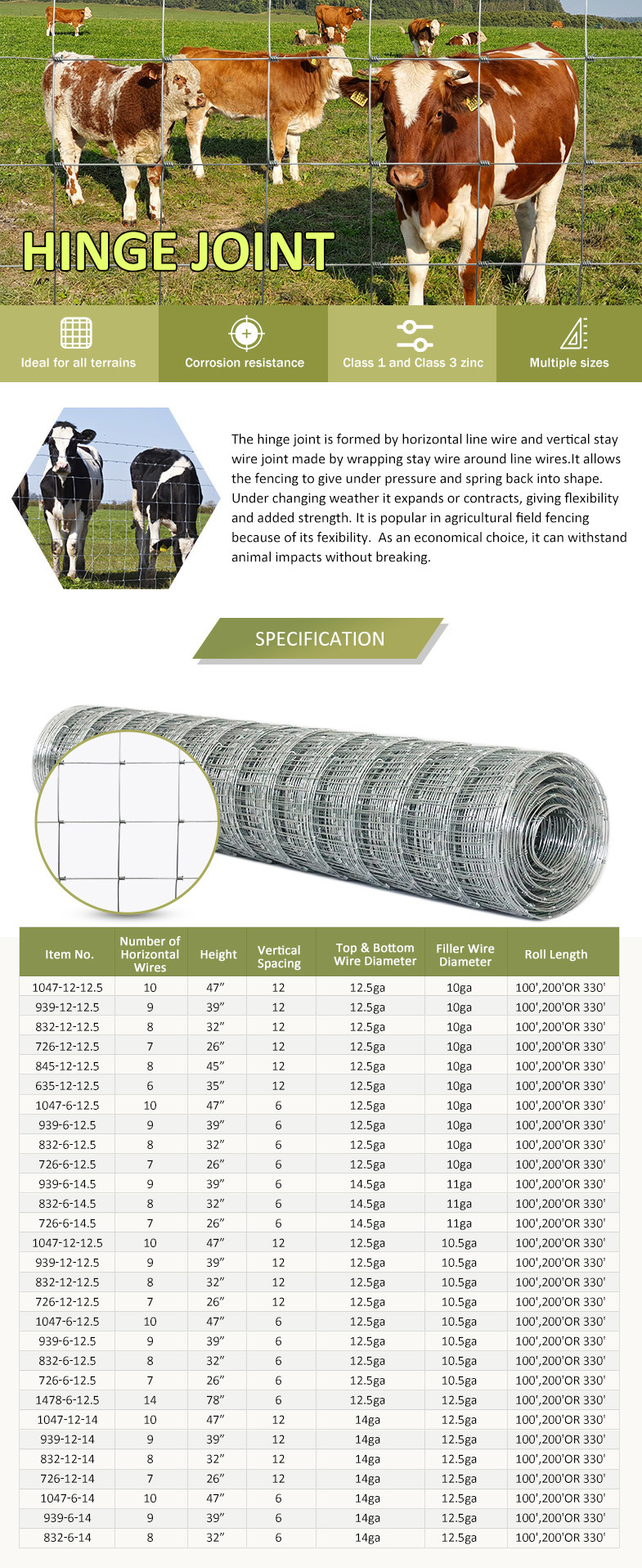How to Effectively Install Metal Lawn Edging for a Beautiful Landscape
8月 . 20, 2024 04:33
Installing Metal Lawn Edging A Comprehensive Guide
A well-maintained garden can be the pride of any homeowner, enhancing curb appeal and creating a serene outdoor space. One effective way to achieve a clean, defined look for your garden beds and lawns is by installing metal lawn edging. This durable option not only delineates spaces but also adds a sleek aesthetic to your landscape. In this article, we will discuss the benefits of metal lawn edging and provide a step-by-step guide for installation.
Benefits of Metal Lawn Edging
Metal lawn edging comes in various materials, including aluminum, steel, and corten, each offering distinct advantages. One of the most significant benefits of metal edging is its durability. Unlike wood, which can rot over time, or plastic, which may crack or fade, metal edging stands up to the elements, maintaining its shape and functionality for years to come.
Additionally, metal edging provides a modern and clean line that can enhance the visual appeal of your garden. It effectively prevents grass from encroaching into flower beds and keeps mulch contained, reducing the need for constant maintenance. Metal edging is also available in different heights and finishes, allowing you to choose the best option that complements your landscape design.
Tools and Materials Needed
Before starting the installation process, gather the necessary tools and materials
. You will need- Metal lawn edging strips - Stakes or connectors (if required) - A hammer or rubber mallet - A shovel or spade - A leveling tool - A measuring tape - A garden hose (optional, for layout)
Step-by-Step Installation Guide
installing metal lawn edging

1. Plan Your Design Begin by determining where you want to install the edging. Use a garden hose or string to outline the desired shape of your beds. This will give you a visual reference for your installation.
2. Measure and Cut Measure the length of the areas to be edged and cut your metal strips accordingly. Most metal edging can be cut with a hacksaw or heavy-duty tin snips, depending on the thickness of the material.
3. Prepare the Soil Clear the area of any debris, rocks, or old edging materials. Use a shovel or spade to dig a narrow trench along the marked outline, ensuring that the depth is sufficient to fit the edging properly. The trench should be deep enough for at least one-third of the edging strip to be buried for stability.
4. Install the Edging Place the metal edging into the trench, ensuring that it’s level. If using connectors or stakes, secure them in place according to the manufacturer's instructions. Use a rubber mallet to gently tap the edging into the soil, ensuring it is anchored firmly.
5. Backfill the Trench Once the edging is in place, backfill the trench with the soil you removed earlier. Press down firmly to eliminate air pockets and ensure that the edging is secure. Watering the area can also help settle the soil around the edges.
6. Finishing Touches After installation, take a step back to admire your work. Make any necessary adjustments to ensure everything is level and straight. To enhance the visual appeal, consider planting flowers or laying mulch along the edged areas.
Conclusion
Installing metal lawn edging is a straightforward DIY project that can significantly enhance your landscape's neatness and organization. With its durability and aesthetic appeal, metal edging provides both functionality and style. By following the steps outlined above, you can transform your yard into a well-defined, beautiful outdoor space that you and your guests will enjoy for years to come. Whether you’re a gardening novice or an experienced landscaper, this project is a rewarding way to elevate your home’s exterior.




















